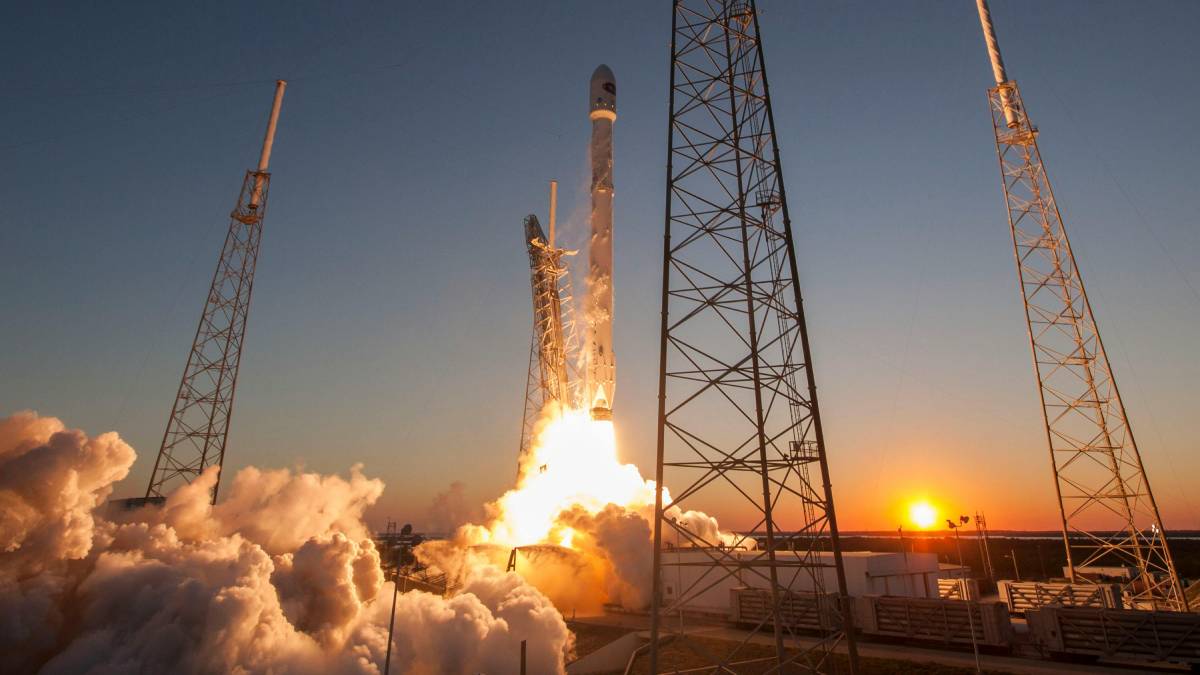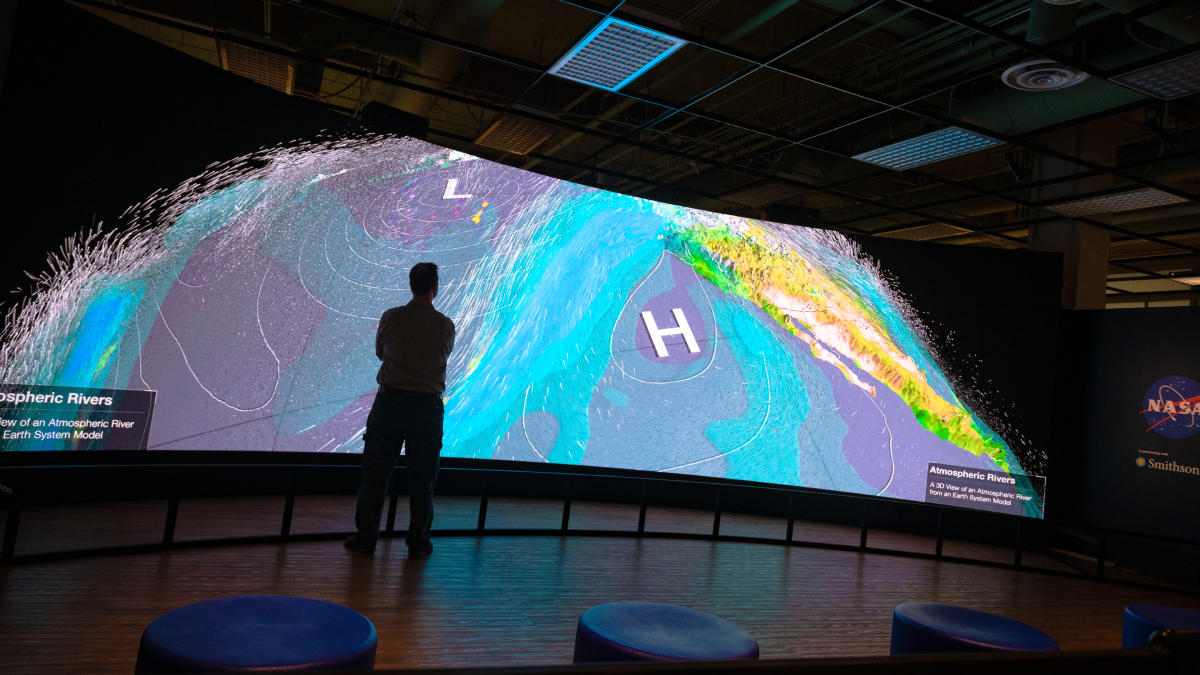Firefly Aerospace hopes to kick off 2025 by sticking a lunar landing. Science from the mission’s 10 NASA payloads could help guide future Moon missions.
NASA
De los datos a las decisiones: cambiando las prioridades en las observaciones de la Tierra
La NASA está actualizando la forma en la que diseña e implementa las misiones de las Ciencias de la Tierra, para garantizar que sus datos y ciencia lleguen a los usuarios y a los responsables de la toma de decisiones de forma más rápida y eficaz.
“Exceptional” Global Warming Spike Continued in 2024
More than 3 billion people experienced their hottest year ever in 2024 because of anthropogenic climate change. The world is speeding toward its 1.5°C warming target.
Watching a Solar Event from All Angles
A fleet of spacecraft captured unprecedented details of the major solar outbursts in May and June 2024.
Io Probably Doesn’t Have a Global Magma Ocean After All
Data from the Juno spacecraft may have answered a decades-old question about Jupiter’s moon.
The Survival of Arctic Sea Ice May Depend on Its Travel Routes
Researchers find that the motions of ice parcels determine which ones survive the annual summer melt.
Smithsonian Exhibit Connects Sky-High Views with Down-Home Impacts
“Preserve and cherish the pale blue dot, the only home we’ve ever known.”
Next NASA Field Campaign Could Fund Projects in Drylands or Tropics
Scientific feedback can improve proposals and signal support for large-scale, intensive climate research.
Clipper Sets Sail for an Ocean Millions of Miles Away
Europa Clipper will assess whether Jupiter’s moon has the right ingredients to host life, and could illuminate the mysteries of icy worlds throughout the solar system.
Fifteen Years Later, Scientists Locate a Lunar Impact Site
The impact crater from NASA’s LCROSS mission lies hidden in an eternally dark region of the Moon.










